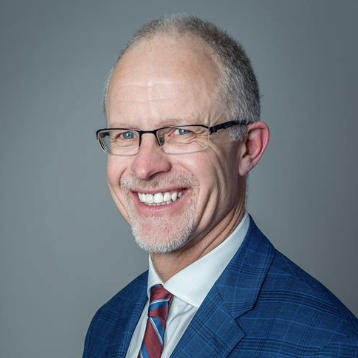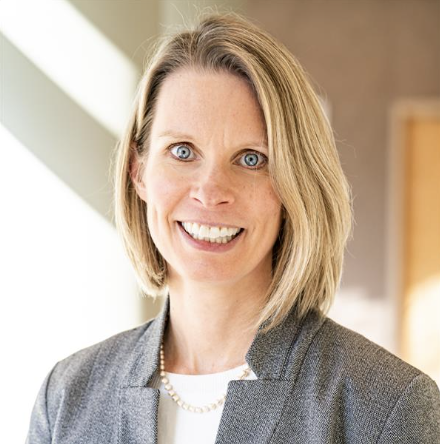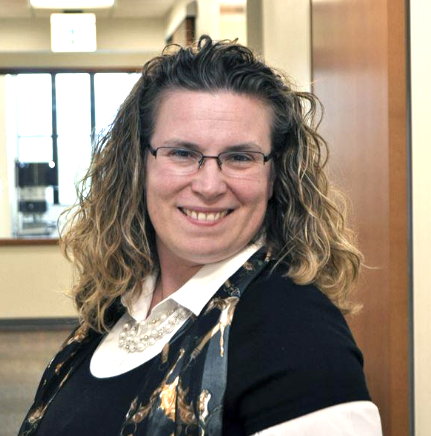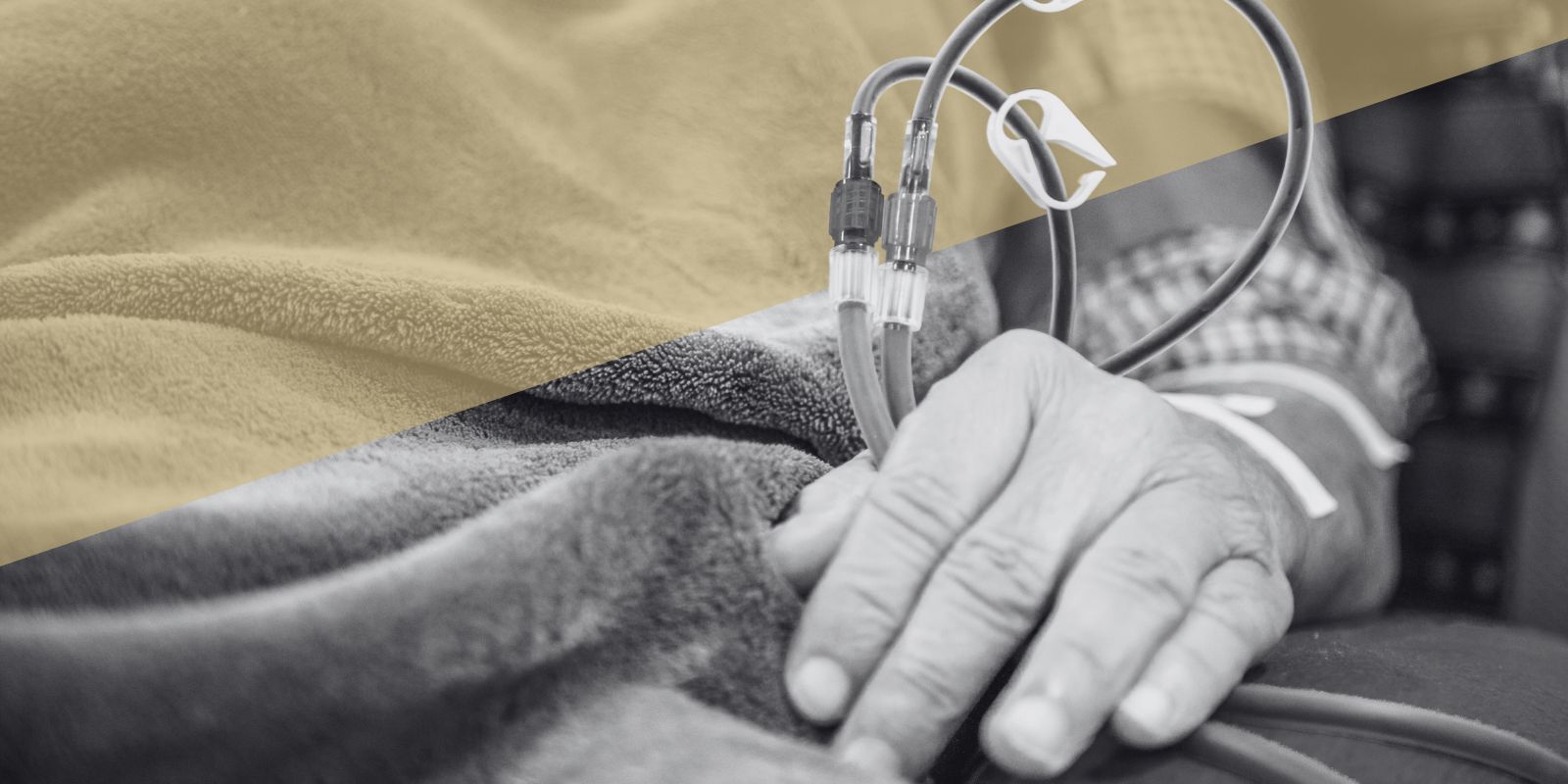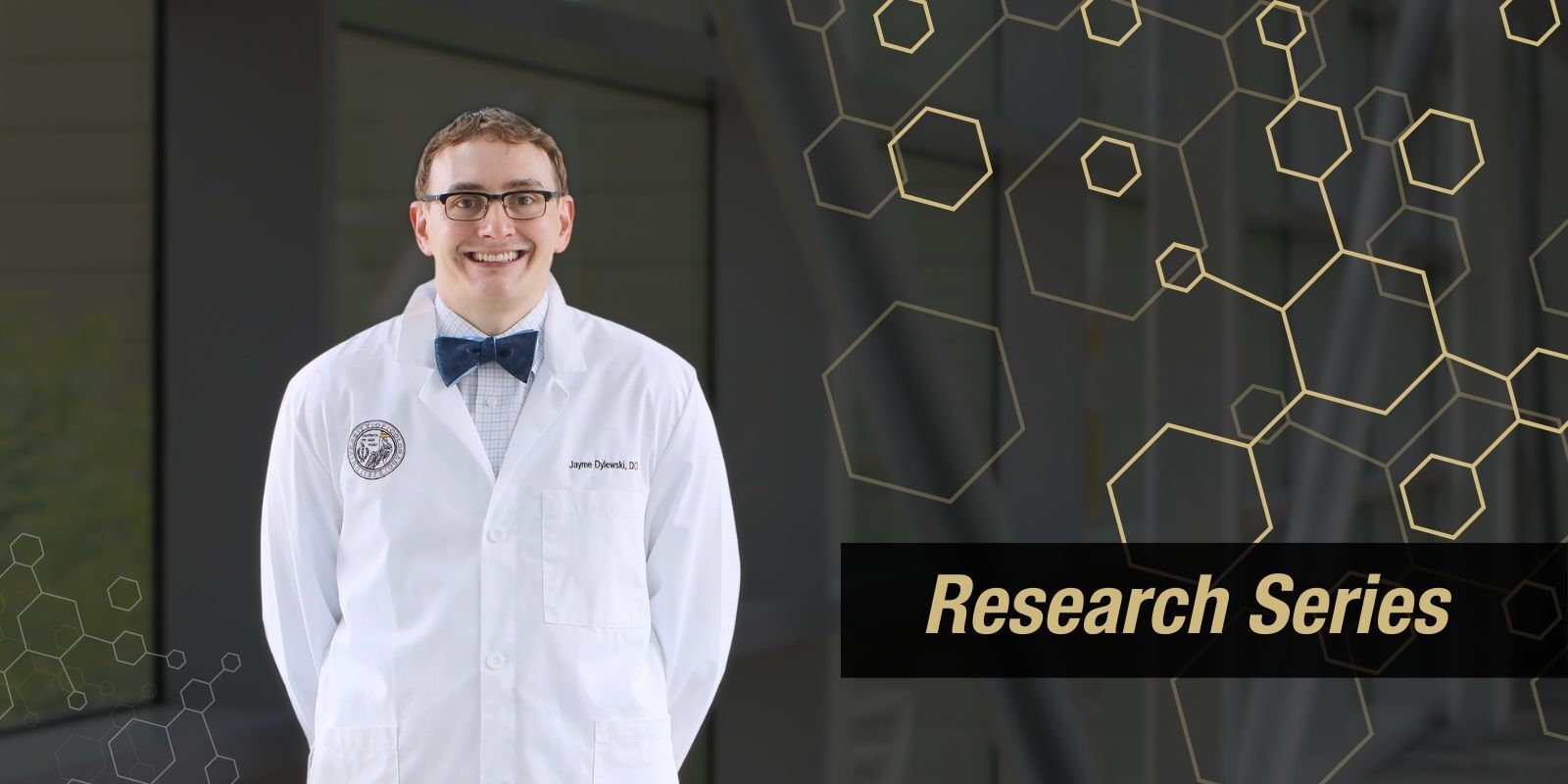CU Sports Medicine — a multidisciplinary program involving the School of Medicine’s departments of orthopedics, physical medicine and rehabilitation, emergency medicine, family medicine, internal medicine, and pediatrics — serves a wide range of patients: from toddlers to seniors, elite athletes to weekend warriors. To help dispel some misconceptions about the field and highlight what sets CU’s program apart from the competition, we interviewed three experts to learn from the pros.
Eric McCarty, MD, is a professor of orthopedics and chief of sports medicine & shoulder surgery. Rachel Brakke Holman, MD, is an associate professor of physical medicine & rehabilitation specializing in the non-operative management of sports and musculoskeletal injuries. Sherrie Ballantine-Talmadge, DO, is an assistant professor of orthopedics who also specializes in non-operative care, offering a unique combination of osteopathic and sports training
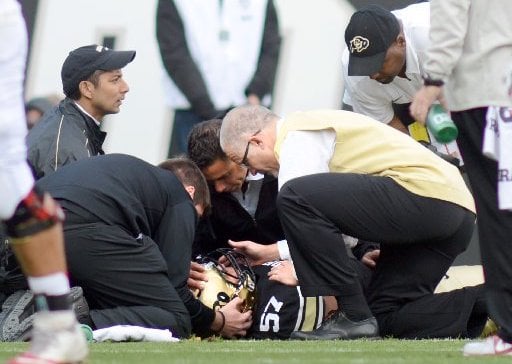 Eric McCarty, MD, checks on a student athlete during a CU Buffs football game.
Eric McCarty, MD, checks on a student athlete during a CU Buffs football game.
Like many sports medicine professionals, all three come from an athletic background. McCarty played football at the University of Colorado, and Brakke Holman was a collegiate cross-country runner and softball pitcher and remains active with running, hiking, and skiing. Ballantine-Talmadge was a competitive figure skater and is still an avid hiker, skier, and horseback rider. Now, they care for some of the country’s top athletes. Ballantine-Talmadge travels as a team physician with U.S. Figure Skating, while McCarty serves as head team physician for the University of Colorado, as well as the Colorado Avalanche.


